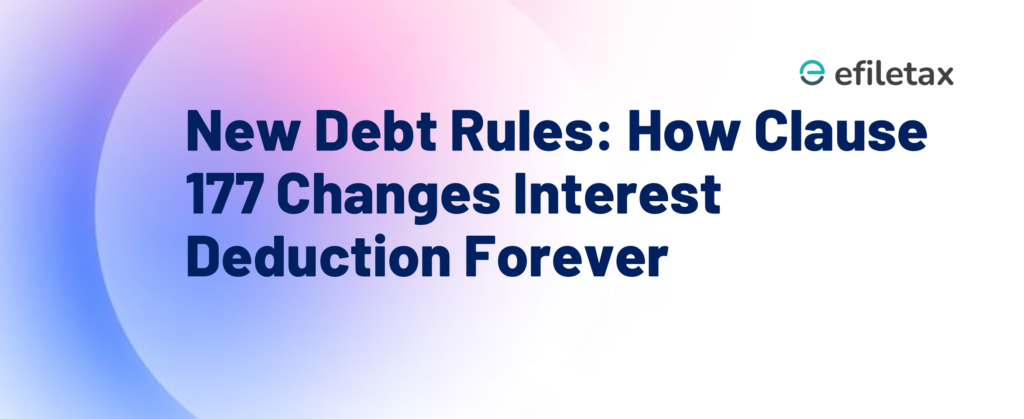
Cross-border funding structures are under fresh scrutiny. This impacts Indian businesses borrowing from foreign entities.
In this blog, we break it down in simple terms.
Key points under Section 94B:
- Applied where interest expenditure exceeded ₹1 crore in a financial year.
- Excess interest could be carried forward for 8 assessment years.
What’s Changing with Clause 177 of the Income Tax Bill, 2025?
Clause 177 proposes a sharper framework to limit debt-based tax avoidance.
Major updates:
- Broader application to all cross-border related party debt, not just associated enterprises.
- Carried-forward interest now capped with stricter time limits.
- Anti-abuse measures strengthened to target “structured” finance arrangements.
Key Differences: Income Tax Bill 2025 vs Old Law
| Feature | Section 94B (Old) | Clause 177 (New) |
|---|---|---|
| Applicability | Associated enterprises | Broader – includes structured loans |
| Interest threshold | ₹1 crore | ₹1 crore (no major change) |
| Deduction limit | 30% of EBITDA | 30% of EBITDA |
| Carry forward of excess interest | 8 years | Stricter – exact details notified later |
| Anti-abuse provisions | Basic | Strengthened with specific tests |
Why the Change Matters
- Wider Scope: Targets more aggressive debt financing structures.
- Compliance Pressure: Businesses must disclose real economic ownerships behind loans.
- Higher Scrutiny: Tax authorities now have a broader net to challenge deductions.